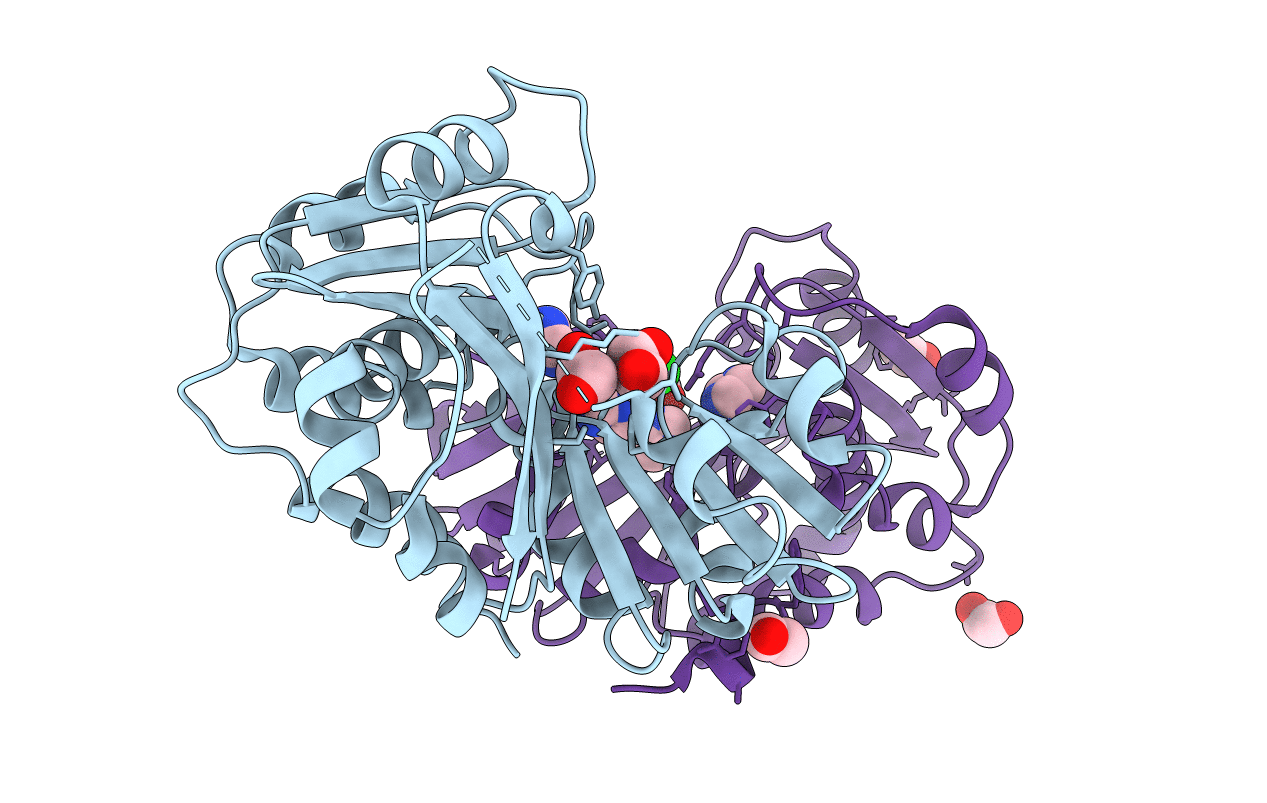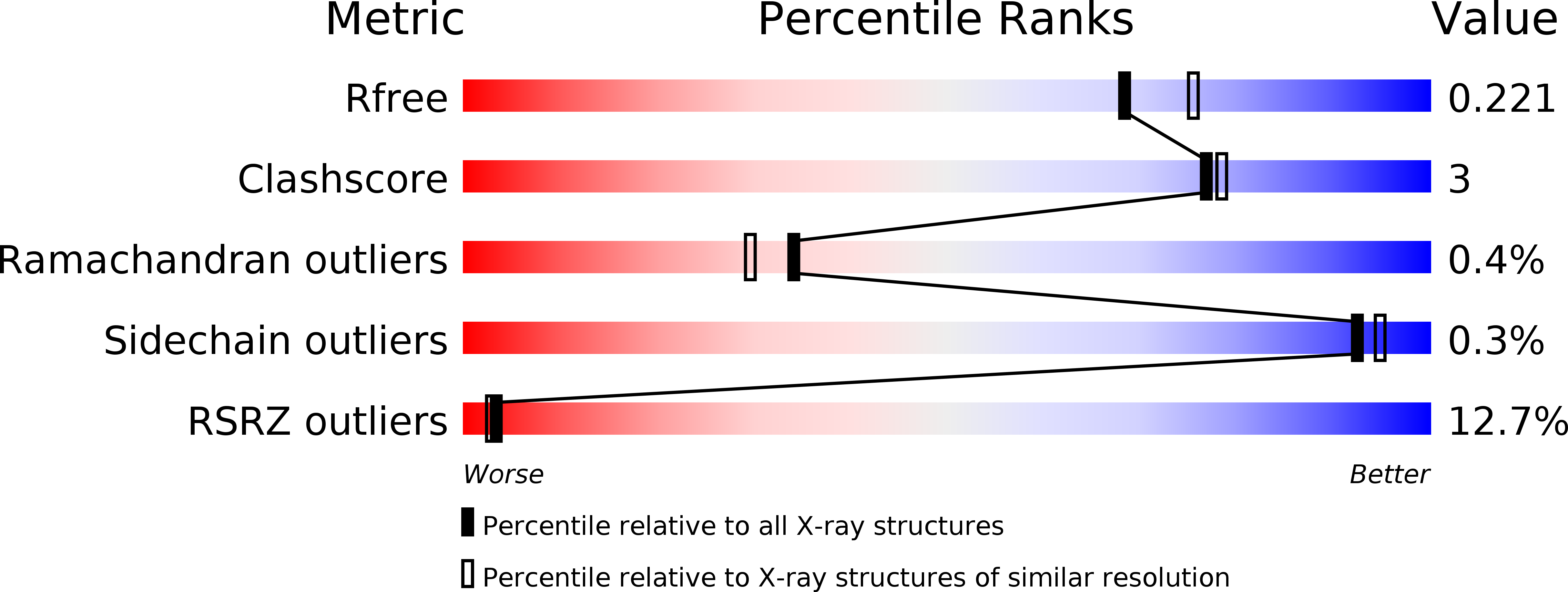
Deposition Date
2009-12-22
Release Date
2010-02-02
Last Version Date
2025-10-22
Entry Detail
PDB ID:
3L5O
Keywords:
Title:
Crystal structure of protein with unknown function from DUF364 family (ZP_00559375.1) from Desulfitobacterium hafniense DCB-2 at 2.01 A resolution
Biological Source:
Source Organism:
Desulfitobacterium hafniense (Taxon ID: 272564)
Host Organism:
Method Details:
Experimental Method:
Resolution:
2.01 Å
R-Value Free:
0.21
R-Value Work:
0.17
R-Value Observed:
0.17
Space Group:
P 61


